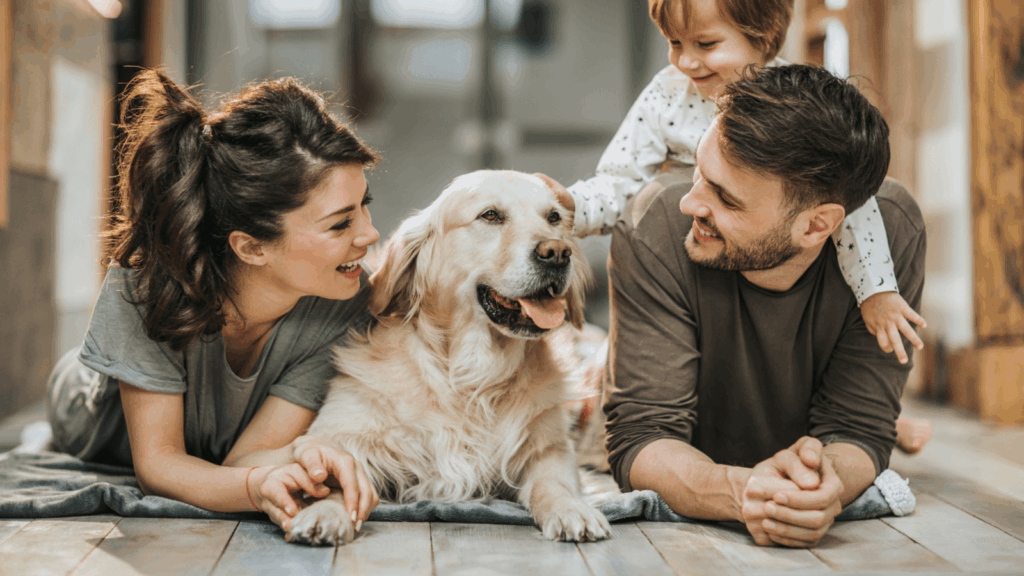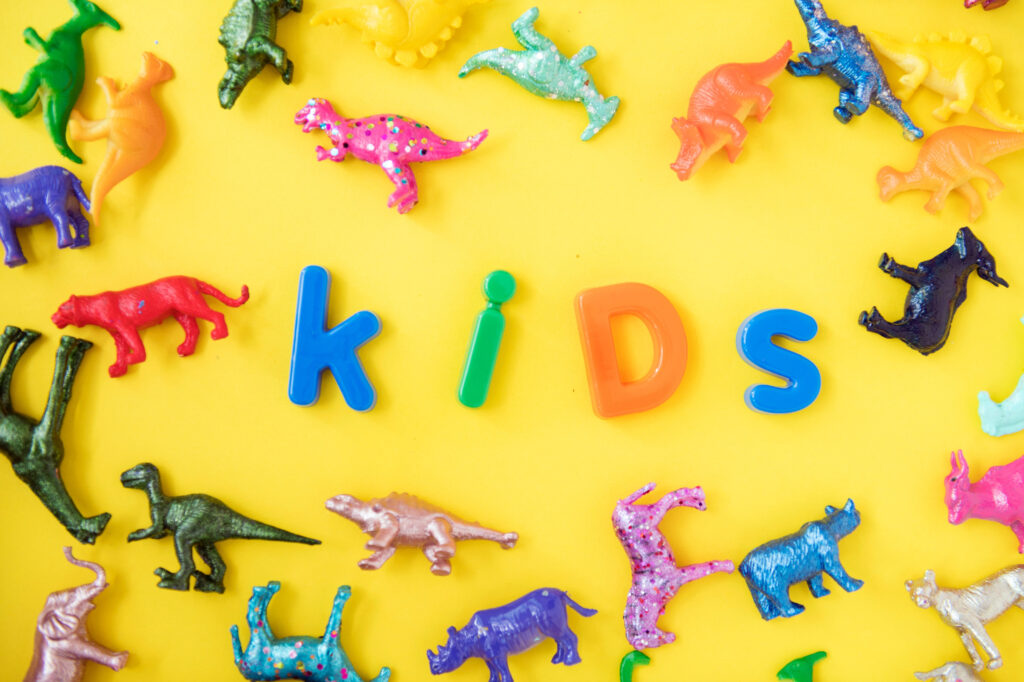Safe and Educative Pet Interaction for Young Children Guide

The Vital Role of Pet Interaction in Childhood Development
Engaging with pets can be a profoundly rewarding experience for young children, serving far beyond mere companionship. Research indicates that safe and educative interactions between children and their pets not only enhance the child’s emotional and social development but also contribute positively to the well-being of the animals. With appropriate guidance, these interactions can instill values of empathy, love, and responsibility in young minds.
Key Benefits of Pet Interaction
- Emotional Development: The presence of pets can significantly impact children’s emotional growth. For instance, young children learn to express feelings of happiness, sadness, and frustration through their interactions with animals. An example is when a child giggles while playing with a puppy; this joy reinforces their ability to express happiness openly. Likewise, comforting a distressed pet can help children process their own emotions and build resilience.
- Social Skills: Interacting with animals fosters better social engagement both with peers and adults. During playtime with pets, children learn non-verbal cues such as body language and tone of voice, which are critical in social interactions. Additionally, discussing their pets with friends can boost their confidence and create a sense of community among peers.
- Responsibility: Caring for pets teaches children vital lessons in accountability and routines. Feeding a pet or taking it for a walk requires children to adhere to schedules, thus integrating responsibility into their daily lives. This concept is particularly relevant in a Nigerian context where many families own dogs or cats. Assigning chores such as grooming or cleaning up after a pet can further reinforce this sense of duty.
In Nigeria, where pet ownership is prevalent across various cultures, creating a positive environment for children to interact safely with their pets is essential. Parents must educate themselves and their children about animal behavior and communication patterns to facilitate these meaningful interactions.
What You Will Discover
- Essential Tips: Practical advice includes teaching children proper ways to approach pets—like crouching down to the pet’s level, allowing the animal to sniff their hand before petting, and recognizing signs of stress or discomfort in animals. Knowing how to interact respectfully ensures safety for both parties.
- Learning Opportunities: The chores involved in pet care—feeding, exercising, and cleaning—can be transformed into learning experiences. For example, teaching kids about the nutritional needs of pets can spark interest in health education, and observing animal behaviors can foster a deeper understanding of biology.
- Common Mistakes: Parents and caregivers often overlook the significance of adult supervision during pet interactions. It is crucial to avoid leaving young children alone with pets that they do not know well, as unintentional actions can lead to misunderstandings and stress in animals.
This guide aims to equip Nigerian parents and caregivers with essential knowledge to cultivate a healthy relationship between children and pets. By implementing safe practices, families can not only nurture kinder, more responsible future generations but also enhance the joy that pets can bring into their lives.
SEE ALSO: Click here to read another article
Guiding Effective and Safe Pet Interactions
Understanding how to facilitate safe and educative pet interactions for young children is crucial in cultivating a nurturing environment. Many parents may wonder, “What is the best way for my child to engage with our family pet?” The answer lies in informed strategies that prioritize safety and education, ensuring that both children and pets benefit from their encounters.



Understanding Animal Behavior
A foundational step in promoting healthy interactions is grasping animal behavior dynamics. Animals, like children, have their own forms of communication and needs. Educating children on how to interpret animal body language can prevent mishaps and enhance the interaction quality. For example, children should learn to recognize signs of discomfort, such as a wagging tail (in dogs) not always indicating excitement, or when a cat’s ears lay flat indicating it may want some space.
Moreover, it is essential to explain the concept of personal space to children. Just as they might not appreciate being approached unexpectedly, pets can have similar preferences. Teaching children to approach pets slowly and to ask for permission from the owner or be aware of the pet’s mood can foster respect and understanding.
Essential Tips for Safe Interactions
- Approach Gently: Teach children to approach pets calmly and quietly, ensuring they do not sneak up from behind. This helps minimize the chances of scaring the pet.
- Supervision Matters: Always supervise interactions between younger children and pets, especially when they are not familiar. Never leave them unsupervised, as this can lead to accidents.
- Teach Correct Petting: Show children the right way to pet animals; stroking gently along the back, rather than grabbing or pulling on fur. This will help build trust.
- Respect Animal Signals: Children should be taught to recognize a pet’s body language that communicates how the animal feels. Ensuring they understand when a dog is happy and when it wants to be left alone is essential.
- Discuss Routine Care: Involve children in the daily routines of pet care. This not only reinforces the concept of responsibility but also offers opportunities for learning about the animal’s needs.
Through these fundamental practices, Nigerian families can create a safe environment where children feel confident interacting with their pets. By embedding this knowledge into everyday life, children can learn not only to appreciate their pets but also to respect and respond to the needs of these cherished companions. The bond that develops through these safe interactions can lead to lifelong lessons in empathy, care, and responsibility.
| Advantage | Description |
|---|---|
| Fostering Responsibility | Teaching kids to care for pets cultivates a sense of responsibility and nurturing behavior. |
| Enhancing Empathy | Engaging with animals promotes empathy as children learn to recognize and respond to animal needs. |
| strong>Cognitive Development | Interactions with pets can enhance problem-solving skills and understanding of biology through hands-on learning. |
| strong>Emotional Well-Being | Animals provide companionship, reducing anxiety and loneliness in young children. |
Engaging in safe and educative interactions with pets offers numerous advantages for young children. Firstly, it fosters a sense of responsibility as children take part in the care of their pets, instilling valuable life lessons. Secondly, as they develop empathy through understanding their pets’ needs, children learn to form deeper, more compassionate relationships with other beings.Additionally, cognitive development is significantly enhanced through interactive play and observation, allowing children to ask questions and learn about the natural world. The emotional bond formed between children and their pets also plays a vital role in promoting emotional well-being, offering support and reducing feelings of anxiety. Exploring these multifaceted benefits not only enriches a child’s growth but also creates a nurturing environment that facilitates learning and exploration. Ultimately, guiding children in safe pet interactions deepens their understanding of companionship and responsibility in life.
CHECK OUT: Click here to explore more
Engaging Children in Positive Pet Experiences
While understanding animal behavior and establishing safety protocols is essential, actively engaging children in positive pet experiences further enhances the relationship between them and their furry friends. The key lies in transforming interactions into meaningful learning moments, fostering empathy, and encouraging responsible pet ownership.
Interactive Learning Opportunities
Involving children in fun and educational activities with pets can significantly enrich their experiences. By facilitating interactive learning opportunities, parents can teach children valuable lessons while they bond with their pets. For instance, organizing simple training sessions where children participate in teaching basic commands like “sit” or “stay” can be both enjoyable and beneficial. According to research, engaging young learners through hands-on experiences enhances retention and understanding, ensuring that children appreciate the effort required for a pet’s training.
Moreover, utilizing creative storytelling can serve as an effective way to educate children about responsible pet care. Parents can narrate tales that align with their child’s cultural background, incorporating local animals to make the story resonant. For example, a fable featuring a tortoise and a dog illustrates cooperation and care, prompting discussions on teamwork and empathy that can be related back to real-life interactions with their pets. Such stories not only captivate children’s imaginations but also impart ethical lessons that reinforce respectful interactions.
Environmental Considerations
As Nigerian families often extend their pets’ environments outdoors, teaching children about environmental safety is equally important. Educating them about the potential hazards in outdoor spaces, such as busy roads or toxic plants, helps create a more secure experience when interacting with pets outside the home. Children should be made aware that pets require as much supervision outside as they would indoors.
Additionally, encouraging children to respect local wildlife can foster a sense of guardianship. They can learn about the importance of cohabiting with animals, whether it’s ensuring not to disturb nesting birds or learning to greet local cats responsibly. This nuanced understanding fosters a broader perspective on animal interaction and helps children appreciate both pets and wildlife living in harmony.
Collaborative Responsibility
Sharing responsibility for pet care within the family can also play a vital role in educating children. Assigning age-appropriate tasks, whether it’s feeding the pet, cleaning the litter box, or helping with grooming, teaches children accountability. Consistent participation in these chores reinforces good habits and enables children to process the ongoing commitment required for pet ownership. Research from various pet organizations highlights that children involved in pet care tend to develop stronger emotional bonds with their animals, which enhances their understanding of empathy and nurturing.
Creating Safe Zones
Lastly, establishing designated safe zones for pets and children creates an environment where everyone can feel relaxed. Setting boundaries allows pets to retreat to a quiet place when overwhelmed, giving them a choice in their interactions. Likewise, children should also have their personal space better defined around the pet, teaching them the importance of mutual consent in social interactions. This not only promotes personal space but also lays the groundwork for respectful relationships with all living beings.
Through these engaging approaches, the enhancement of pet interactions for young children can become an enriching aspect of family life, fostering bonds built on understanding, respect, and ultimately joy.
SEE ALSO: Click here to read another article
Conclusion: Fostering Positive Pet Interactions for Children’s Growth
In conclusion, ensuring safe and educative pet interaction for young children requires a multifaceted approach that encompasses understanding animal behavior, fostering empathy, and instilling a sense of responsibility. By engaging children in a variety of interactive learning opportunities, parents can successfully enhance familial bonds and cultivate a deeper understanding of pet care. From hands-on training sessions to creative storytelling rooted in local culture, these experiences offer immense educational value while making pet ownership enjoyable.
Moreover, the importance of environmental safety cannot be overlooked. Educating children about potential outdoor hazards and encouraging respect for local wildlife establishes a comprehensive understanding of the natural world. This awareness not only safeguards their well-being but promotes a harmonious coexistence between pets and the outdoor environment.
Equipping children with a sense of shared responsibility in pet care fosters accountability and a sense of companionship. Assigning age-appropriate tasks helps them comprehend the commitment necessary for nurturing animals, resulting in stronger emotional bonds. Furthermore, by creating designated safe zones for both pets and children, we cultivate an atmosphere of respect that enhances their interactions, thereby laying a solid foundation for their social development.
In summary, as we navigate the journey of pet ownership, emphasizing safe interactions with pets can significantly contribute to children’s growth in empathy, responsibility, and understanding of nature. With thoughtful guidance, families across Nigeria can create delightful and nurturing experiences that will last a lifetime, ensuring that every child learns the invaluable lessons that come from loving and caring for animals.
Related posts:
Pet Nutrition Tips Adapting Diet During Pregnancy for Healthier Pets
Guide to Crafting a Local Ingredient Balanced Diet for Dogs
How Often Should You Schedule a Vet Check-Up for Your Pet
The Importance of Natural Nutrition for Pets What to Include Avoid
Homemade Pet Food Benefits Tips Easy Recipes for Healthy Pets
Overweight Pets Diet and Exercise Tips for Healthier Living

Linda Carter is a writer and pet care expert specializing in pet health, grooming, and wellness. With extensive experience helping pet owners create safe, loving, and enriching environments for their animals, Linda shares her knowledge on our platform. Her goal is to empower readers with practical advice and strategies to ensure their pets thrive and lead joyful, healthy lives.